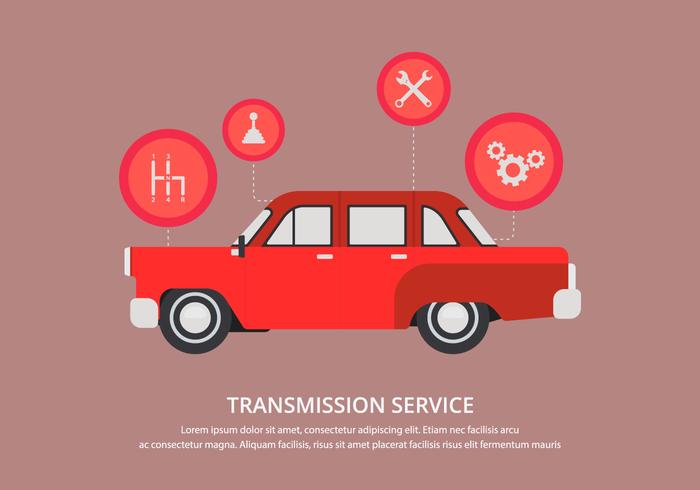Interpreting Your Auto'S Alert Lights: Their Real Effects
Interpreting Your Auto'S Alert Lights: Their Real Effects
Blog Article
Web Content Written By-Faulkner Dalgaard
When you're behind the wheel, those radiant warning lights on your control panel can be a little bit bewildering. Do you know what they're attempting to inform you about your auto's wellness? Recognizing the relevance of these lights is vital for your safety and the long life of your vehicle. So, the following time one of those lights pops up, wouldn't you wish to understand its message accurately and take the required steps to resolve it?
Common Caution Lights and Interpretations
Determine usual warning lights in your vehicle and comprehend their meanings to guarantee secure driving.
One of the most typical caution lights consist of the check engine light, which signifies problems with the engine or emissions system. If this light begins, it's crucial to have your automobile examined without delay.
The oil stress advising light indicates low oil stress, calling for prompt focus to prevent engine damages.
A blinking battery light may suggest a faulty charging system, possibly leaving you stranded if not addressed.
The tire pressure surveillance system (TPMS) light informs you to reduced tire pressure, influencing lorry security and fuel efficiency. Ignoring this might bring about unsafe driving conditions.
The ABS light suggests an issue with the anti-lock stopping system, endangering your capacity to stop promptly in emergencies.
Lastly, the coolant temperature warning light warns of engine overheating, which can lead to serious damage if not solved quickly.
Understanding cargroomingauckland will certainly help you resolve issues promptly and keep secure driving problems.
Importance of Prompt Attention
Recognizing the common warning lights in your automobile is only the first step; the importance of immediately attending to these warnings can not be emphasized sufficient to guarantee your security when traveling.
When a caution light brightens on your dashboard, it's your vehicle's means of communicating a potential issue that needs attention. Disregarding these cautions can result in a lot more extreme problems later on, compromising your security and possibly costing you a lot more out of commission.
Trigger focus to cautioning lights can protect against breakdowns and crashes. For instance, a blinking check engine light might indicate a misfire that, if left ignored, can trigger damages to the catalytic converter. Addressing this quickly can save you from a pricey repair service.
In a similar way, a brake system cautioning light may signify reduced brake fluid or used brake pads, critical parts for your safety when driving.
Do It Yourself Troubleshooting Tips
If you discover a caution light on your dashboard, there are a few do it yourself troubleshooting suggestions you can attempt prior to seeking professional assistance.
auto detailing shop is to consult your car's handbook to recognize what the details warning light indicates. Occasionally the concern can be as basic as a loose gas cap triggering the check engine light. Tightening the gas cap might solve the problem.
One more typical concern is a reduced battery, which can set off numerous advising lights. Checking the battery connections for rust and guaranteeing they're protected might deal with the trouble.
If a warning light persists, you can try resetting it by separating the cars and truck's battery for a couple of mins and afterwards reconnecting it. Furthermore, inspecting your vehicle's fluid levels, such as oil, coolant, and brake fluid, can help fix cautioning lights associated with these systems.
Conclusion
Finally, recognizing your vehicle's warning lights is essential for keeping your automobile running efficiently and safely. By immediately addressing these notifies and recognizing what they mean, you can stay clear of costly repair services and possible malfunctions.
Bear in mind to consult your automobile's guidebook for particular details on each alerting light and do something about it as necessary to make certain a trouble-free driving experience.
Keep informed, stay risk-free on the road!
